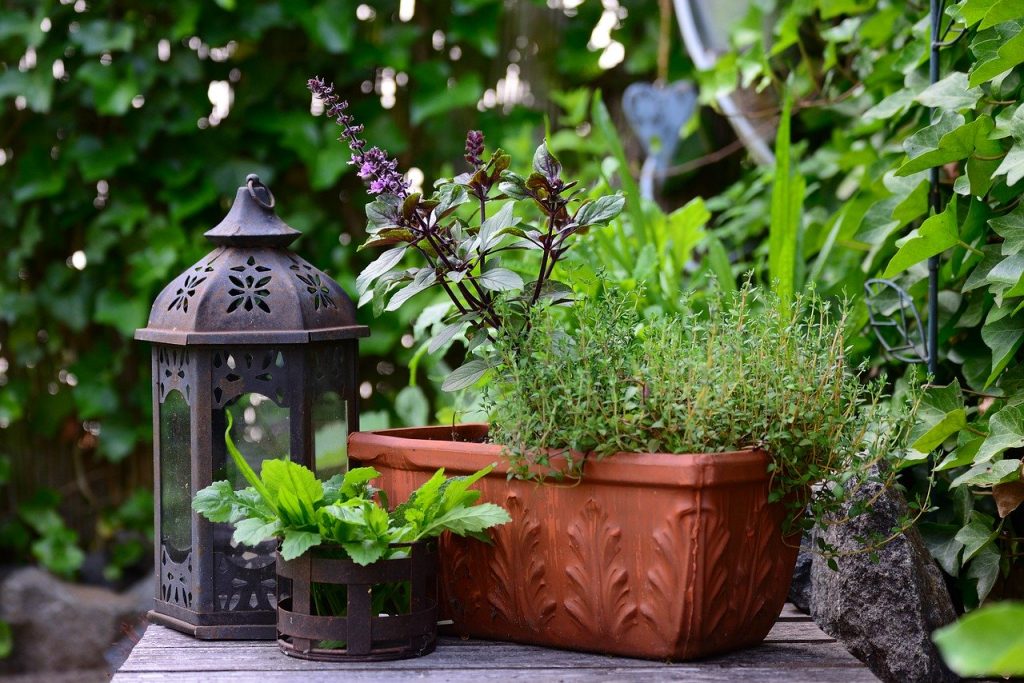Herbs are plants with aromatic properties which can be used for flavoring and garnishing and medicinal purposes. The culinary uses of herbs mark its importance in almost all the cooking styles, either its, Indian, Chinese, Vietnamese, Italian, Spanish, or Latin cuisines. Its uses vary with different geographies.
The herbs are not equally used across the globe. The farming of herbs depends upon the geographical significance of the specific herb.
However, some of the herbs which have a wide range of utility in culinary can be grown in the kitchen garden which ensures the freshness quality, and accessibility of the herbs. You can have a family of herbs in your herb garden.
The utility of fresh herbs is multipurpose, one single kitchen herb can be used for different purposes. It can be used for culinary purposes and at the same time it may serve some medicinal purposes. Prolonged and controlled uses of herbs are known to boost our immunity and repel several viral and bacterial infections.
Best Kitchen Garden Herbs
If you love gardening here are some of the herbs that have their place in almost every kitchen garden. These herbs can be grown in small spaces such as balconies, windowsills, shelves, etc. The best herbs which can be grown in a home with their culinary and medicinal properties are illustrated below:
Mint
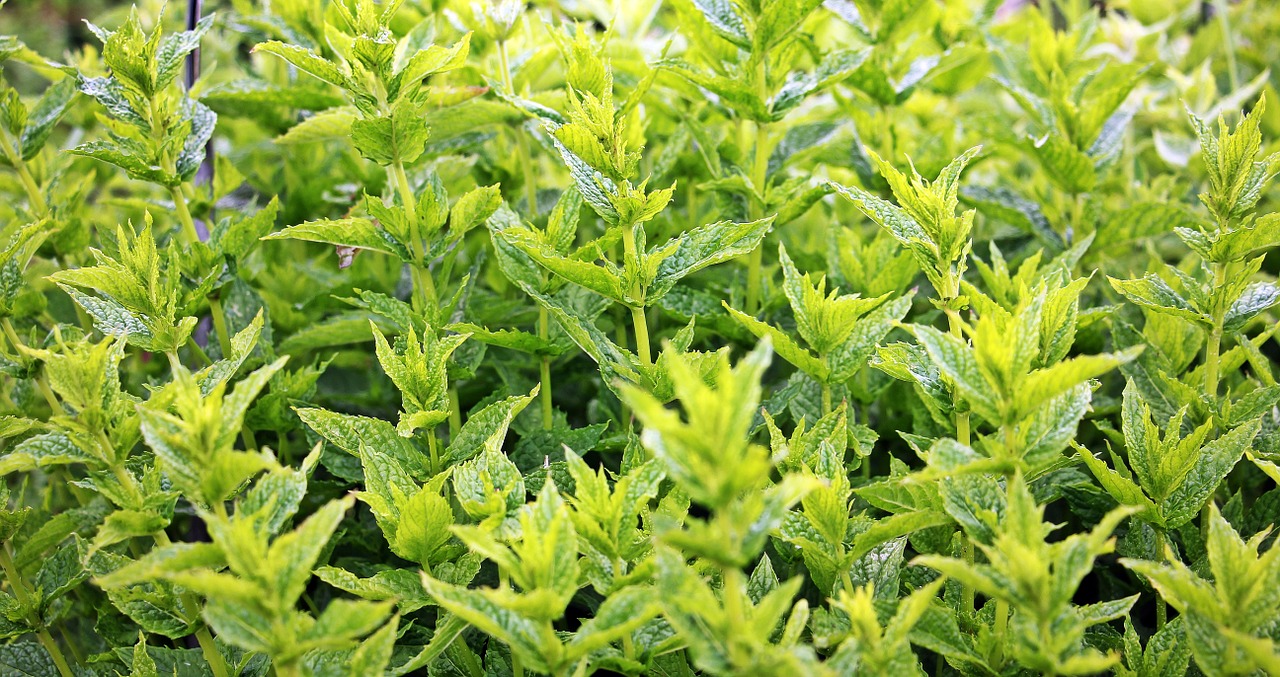
There are several varieties of mints are available in nature with variable menthol concentrations. Peppermint contains the highest concentrations of menthol followed by other varieties of min.
The most commonly available variety is spearmint having leaves like a spear. It is used in mojitos, and several mocktails, salads, biryani, flavored rice however, it is widely used as a mouth freshener and mint tea.
Medicinal Properties:
Mint helps in relieving headaches, bowel movement regulation, and digestion. It is an invasive species and grows in an uncontrolled manner if supplied with enough nutrients and water.
Growing herbs like mint are very easy. This garden herb is very easy to grow on the banks of small water bodies year-round.
Basil
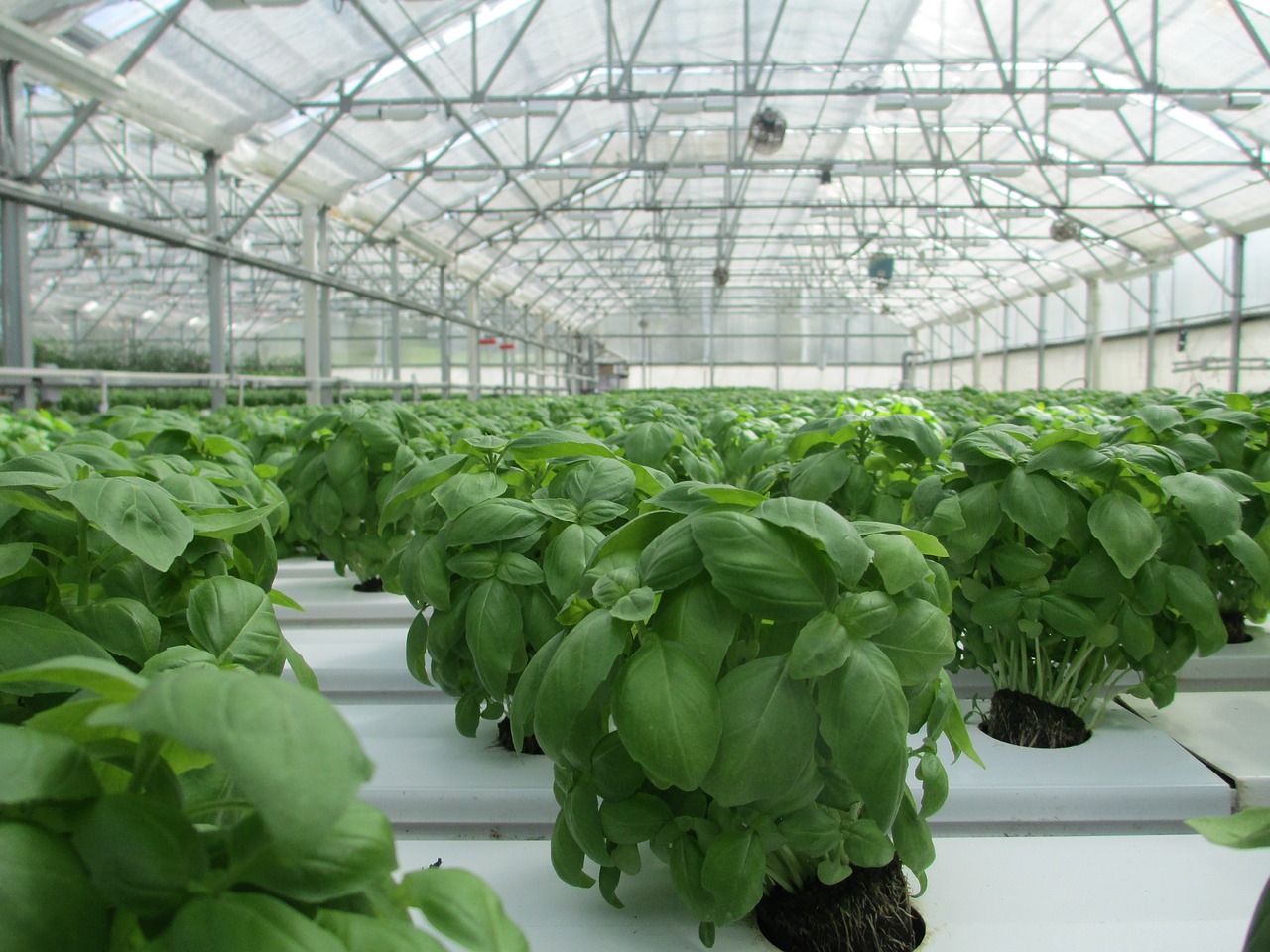
Basil is considered a very popular herb in many cuisines. It has several varieties like broadleaf Italian basil or large purple sweet basil; it can be used in cooking pasta, pizzas, salads, and sauces.
The Indian basil which has small and purple leaves are often used for enhancing the taste and flavor of the food however it has more uses as a medicinal plant.
As per Hindu mythology, planting Indian basil or Tulsi is considered holy and worshiped as a goddess due to its incredible medicinal properties. It is available in almost all the houses in India. Holy basil is perennial and available all around the year.
To grow a basil plant, you can plant basil seed in soft soil and when it grows a little you can plant those samplings in flower pots.
Medicinal Properties:
Fresh basil acts as an antioxidant and helps in relieving free radicals from the body. It prevents low blood sugar, relieving cold and cough, and boosts immunity.
Coriander (Cilantro)
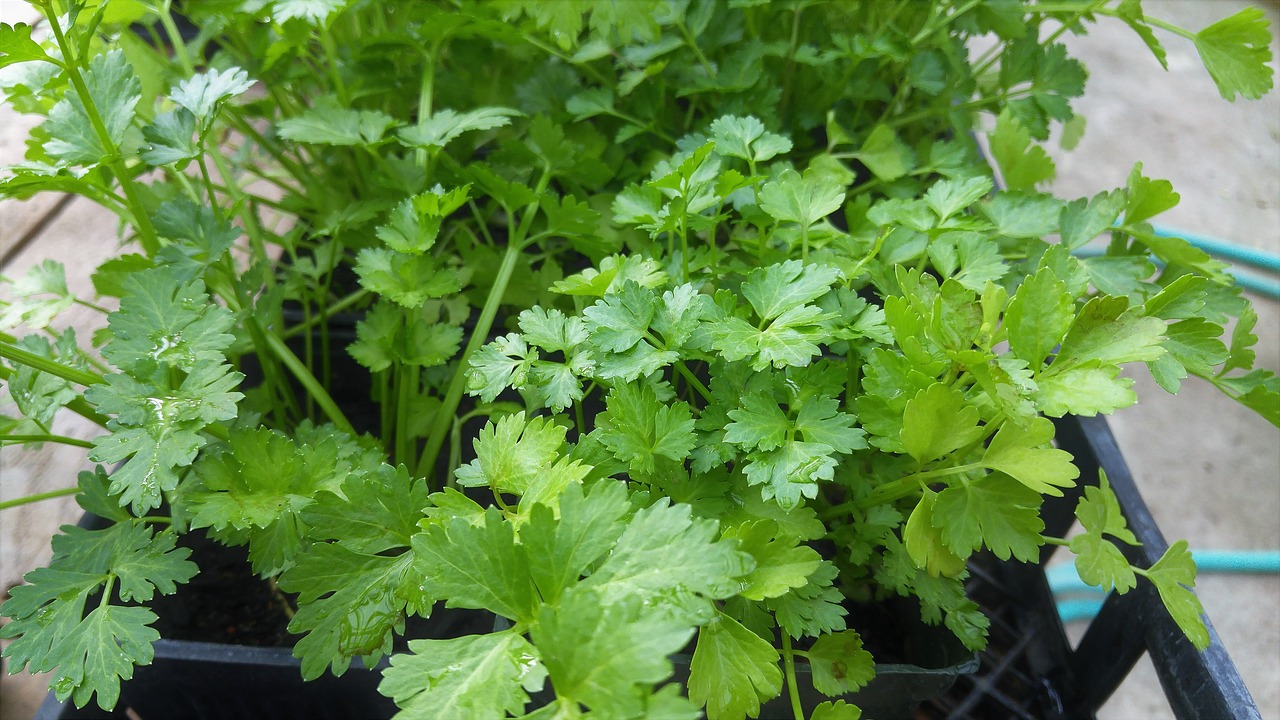
Coriander is also known as cilantro which is one of the most used culinary herbs in Indian cooking. It is used for garnishing, seasoning, salads, sauces, and dips.
In addition to Indian cooking, this garden herb has also been widely used in Mexican, Chinese, and South-Asian dishes to enhance flavor. In general, it is grown in the specific season however, current shifts in business paradigm and technological advancement make it available year-round.
Medicinal Properties:
It may help in lowering blood sugar, bowel movements, digestions, and immunity-boosting.
Lemongrass
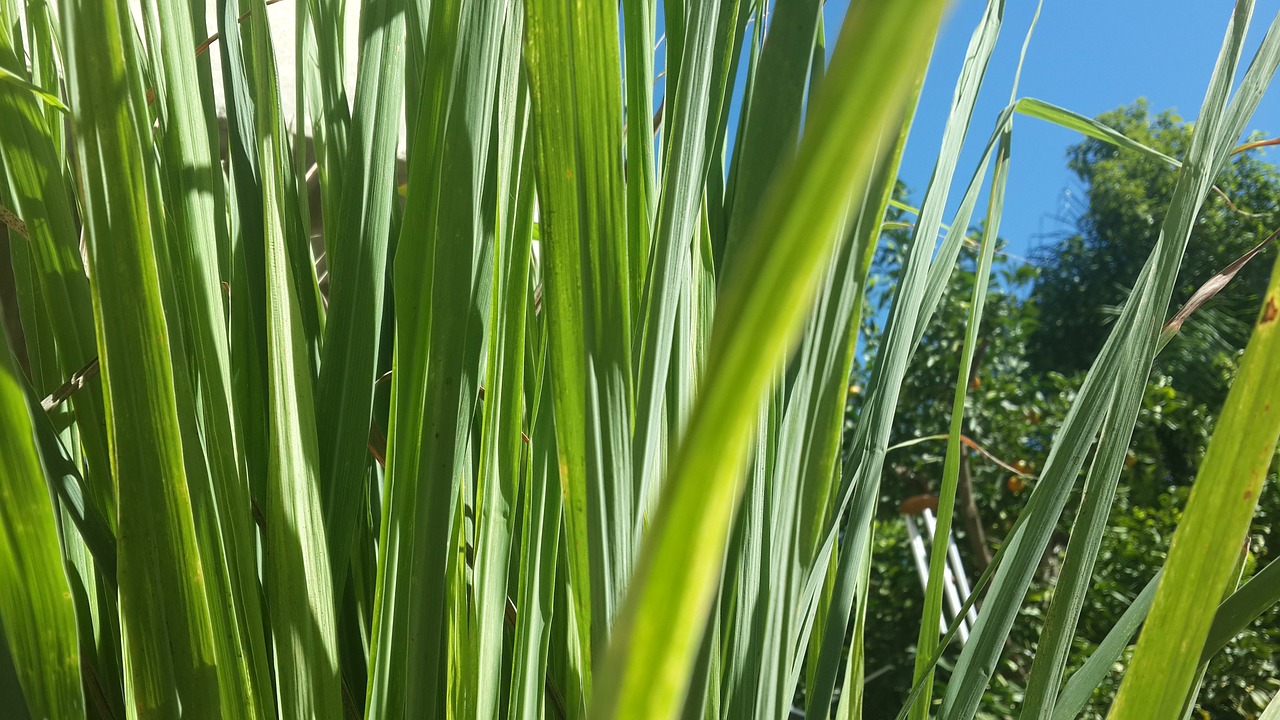
Lemongrass has a strong lemon flavor which is used for brewing tea and as an herb for seasoning. Lemongrass can also be used as ingredients for cooking lemony flavor food like lemon rice.
It can be grown outdoors as well as indoors however indoors-grown lemongrass stalks are smaller than outside. Apart from kitchen uses it have very distinctive medicinal properties.
Medicinal Properties:
It provides antioxidants to the body and helps in relieving free radicals and prevents cancer and eye inflammation.
Rosemary
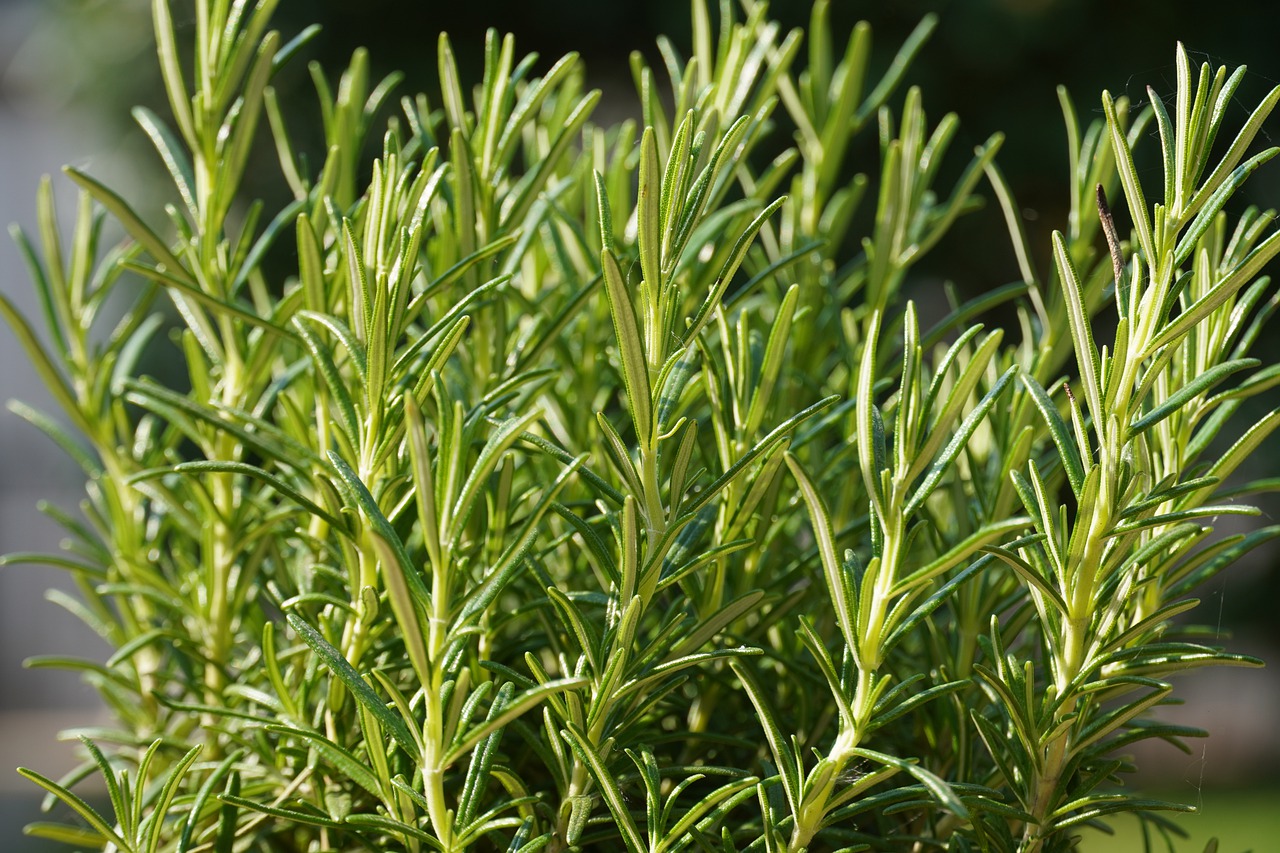
Rosemary is rich in aroma and flavor which urges its presence in the preparation of poultry dishes, meat, fish, and vegetables. Long stems of rosemary can be used as skewers for grilling. It can also be used for brewing tea because of its medicinal properties.
Rosemary plants grow like bushes that can be transplanted during the spring season. Because of its fragrance and flavor, it can be used for floral decorations. It grows on relatively drier soil and excess watering may damage the plant.
Medicinal Properties:
It acts as an antioxidant, is anti-inflammatory, improved metabolism, and prevents neurological aging and cancers.
Chamomile
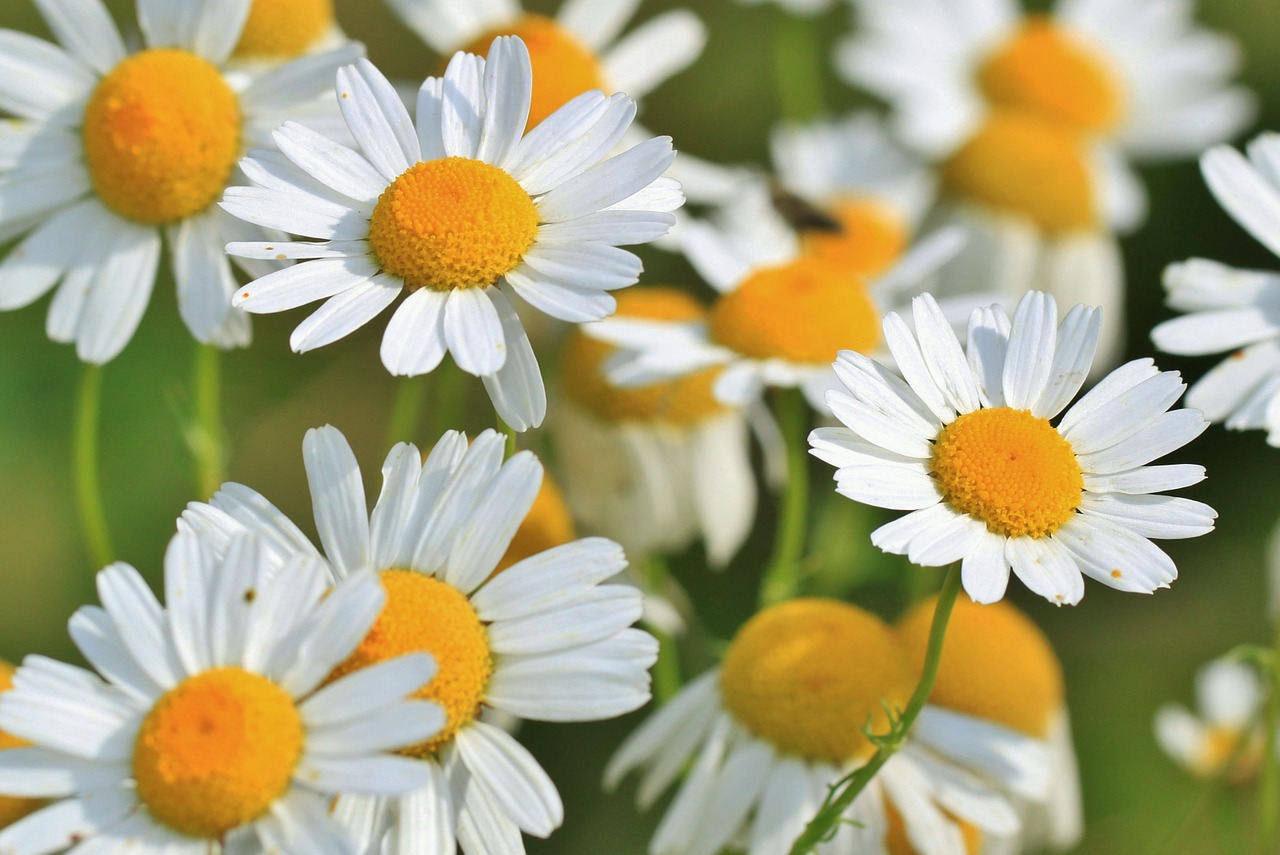
Chamomile is widely used as an ingredient in herbal tea in the United States and Europe due to its medicinal significance. It is one of the most widely used herbal tea in the world.
The most popular varieties of chamomile are German chamomile and Roman chamomile. The uses of these varieties are interchangeable however they are grown differently.
Medicinal Properties:
Traditionally chamomile has been used for settling stomach and nerve-calming. It is also used in ailments like hay, fever, gastrointestinal disorders, inflammation, muscle spasm insomnia, and many more.
Bay Leaves
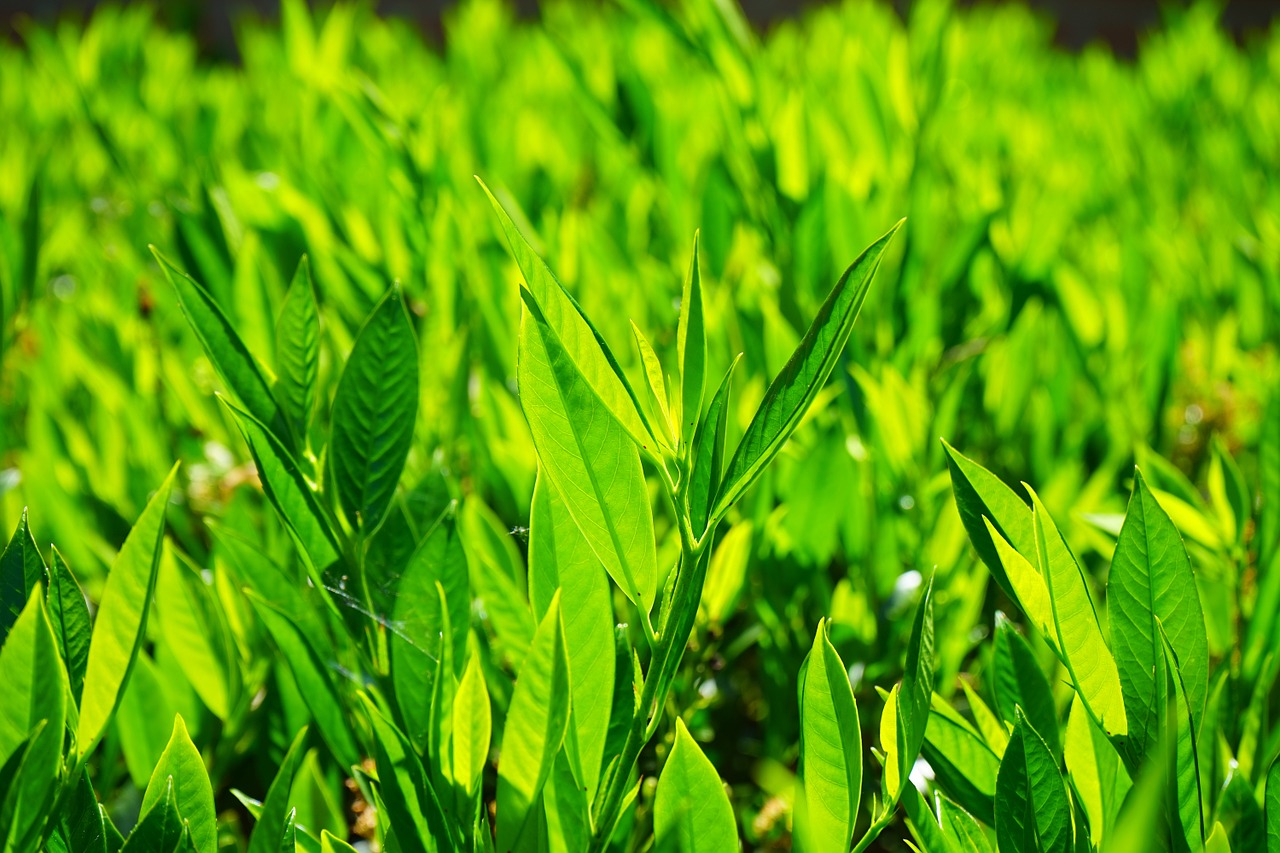
Bay leaves are known for their aromatic flavors which can be added in slow-cook cuisines like, soups, stews, and sauces and removed once the flavor is absorbed.
There are different varieties of bay leaves such as Turkish bay leaf which are native to the Mediterranean region and California bay leaves.
Some bay leaves are grown as shrubs however Indian bay leaf can be a full-grown tree. It can be used either as fresh or dried leaves.
Medicinal Properties:
Sweet bay leaves are used to treat gastrointestinal disorders cancer and catalysts for bile flow.
Aloe Vera
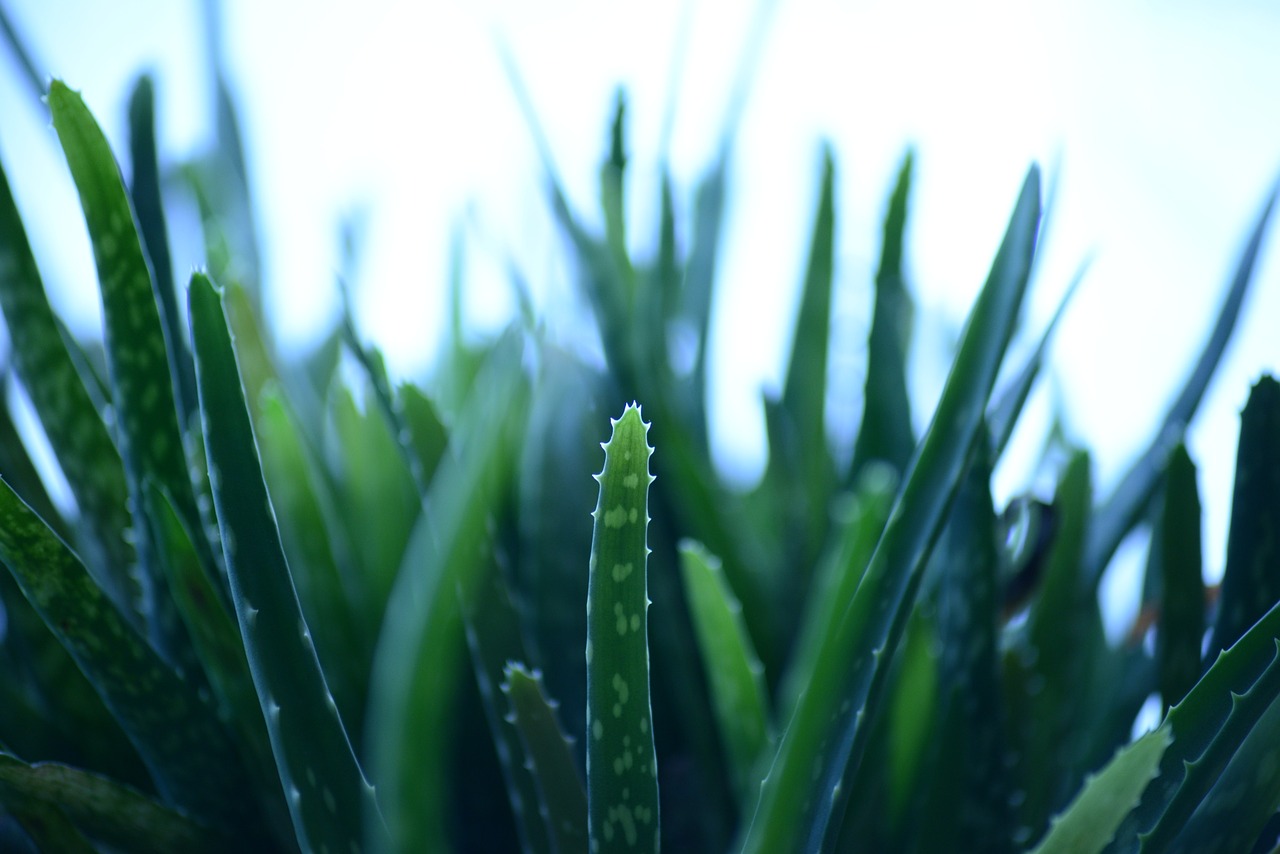
Aloe vera is the most widely used herb present in everyone’s kitchen garden. It is known for its soothing properties against burns and skin problems. There are more than 250 varieties of aloe vera and most of them are native to Africa.
It contains almost 95% of the water which makes it vulnerable to extreme cold and frosts. Apart from soothing properties, it has other medicinal uses which make it consumables in the form of aloe vera juice.
You can harvest aloe vera to prepare a soothing drink in the summer.
Medicinal Properties:
It acts as a soothing agent against burn and rashes, helps in digestion and blood circulation, antioxidants, prevents diabetes-induced ulcers.
Parsley
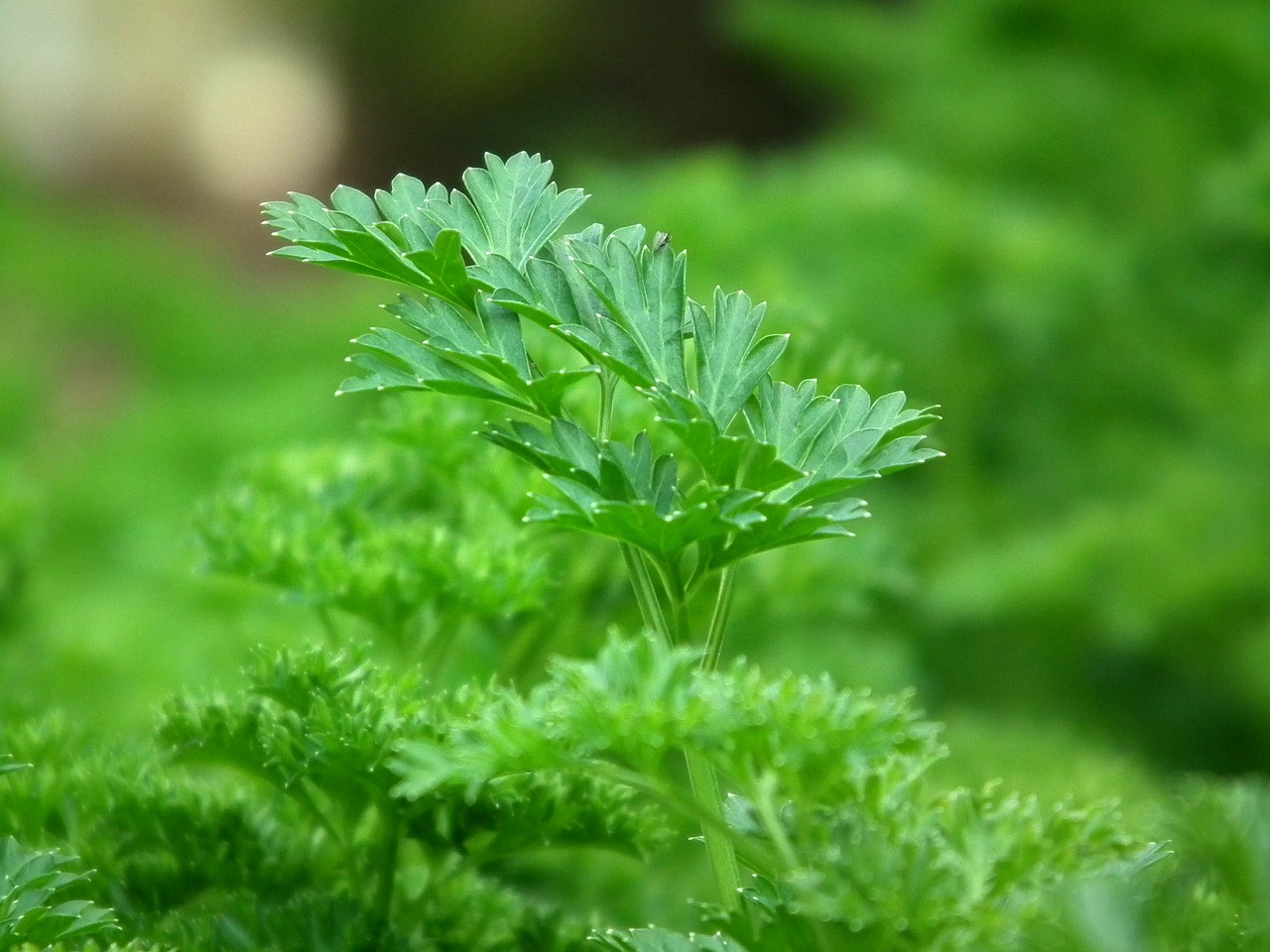
The most common use of parsley is the garnishing of food. The curly green parsley has a bitter flavor which facilitates balancing of flavors in slow-cooked food like stews.
Parsley can be grown throughout the year but in moderate climates, it may remain evergreen. In addition to its uses in recipes, it can also be used for its medicinal properties.
Medicinal Properties:
It helps in improving digestion and treating bladder infections, kidney stones, GI disorders, cough, and asthma.
Celery
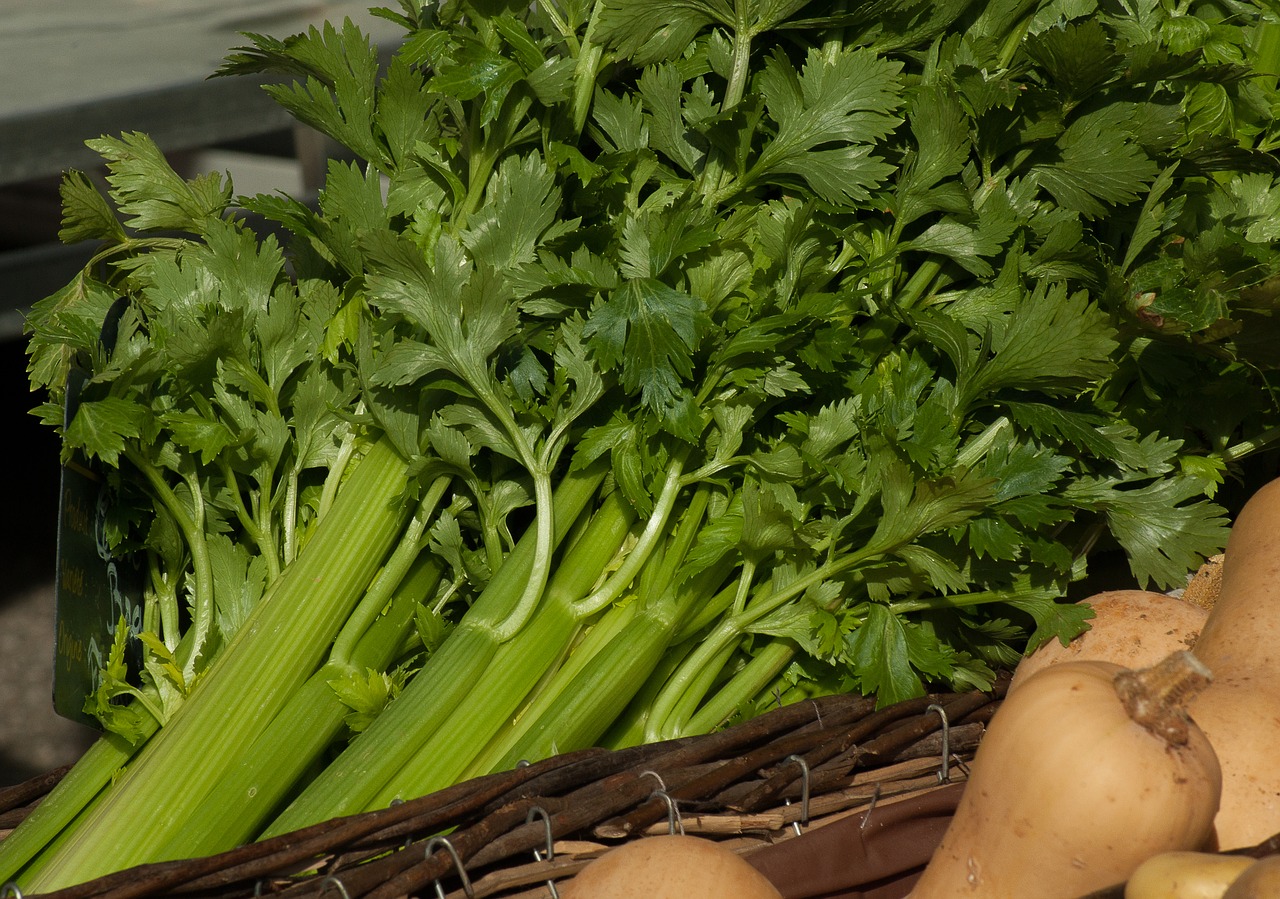
Green celery stalks are a rich source of fiber and can be used as low-calorie snacks. It is commonly used as an ingredient in salad and detoxification drinks.
It is very rich in aroma and flavor which makes it difficult to consume sometimes however it can be consumed along with other ingredients to subtle its aroma. Along with its cooking uses, it can also be used for its medicinal attributes.
Medicinal Properties:
It has antioxidant properties and can also be used to prevent indigestion due to its high fiber content, inflammation, and rich source of vitamins and minerals.
Other Kitchen Herb
There are many varieties of fresh herbs which can have an excellent place in your kitchen and garden center. Some of these fresh herbs can be grown indoors however many of these herbs need sunlight.
You can even put these plants and herbs on your window in winter. Some of the herbs which can bring diversity to your garden include:
Thyme
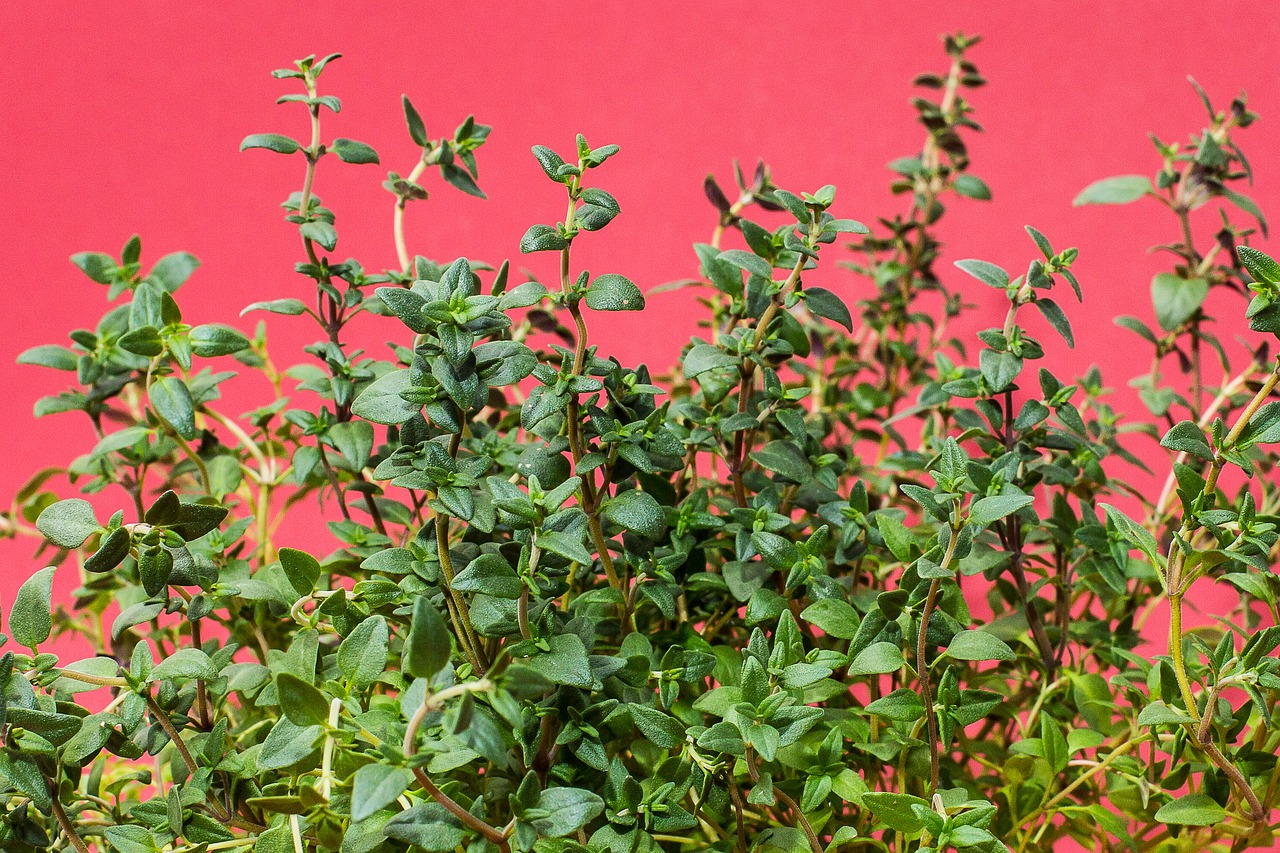
This tiny-leafed herb is primarily used in French cooking. Be sure to remove the leaves from the woody stems before adding them to recipes (unless it’s being added to a roast or soup, and then removed before serving). Run the back of a knife along the stems (the opposite direction of growth) to easily remove them.
Dill
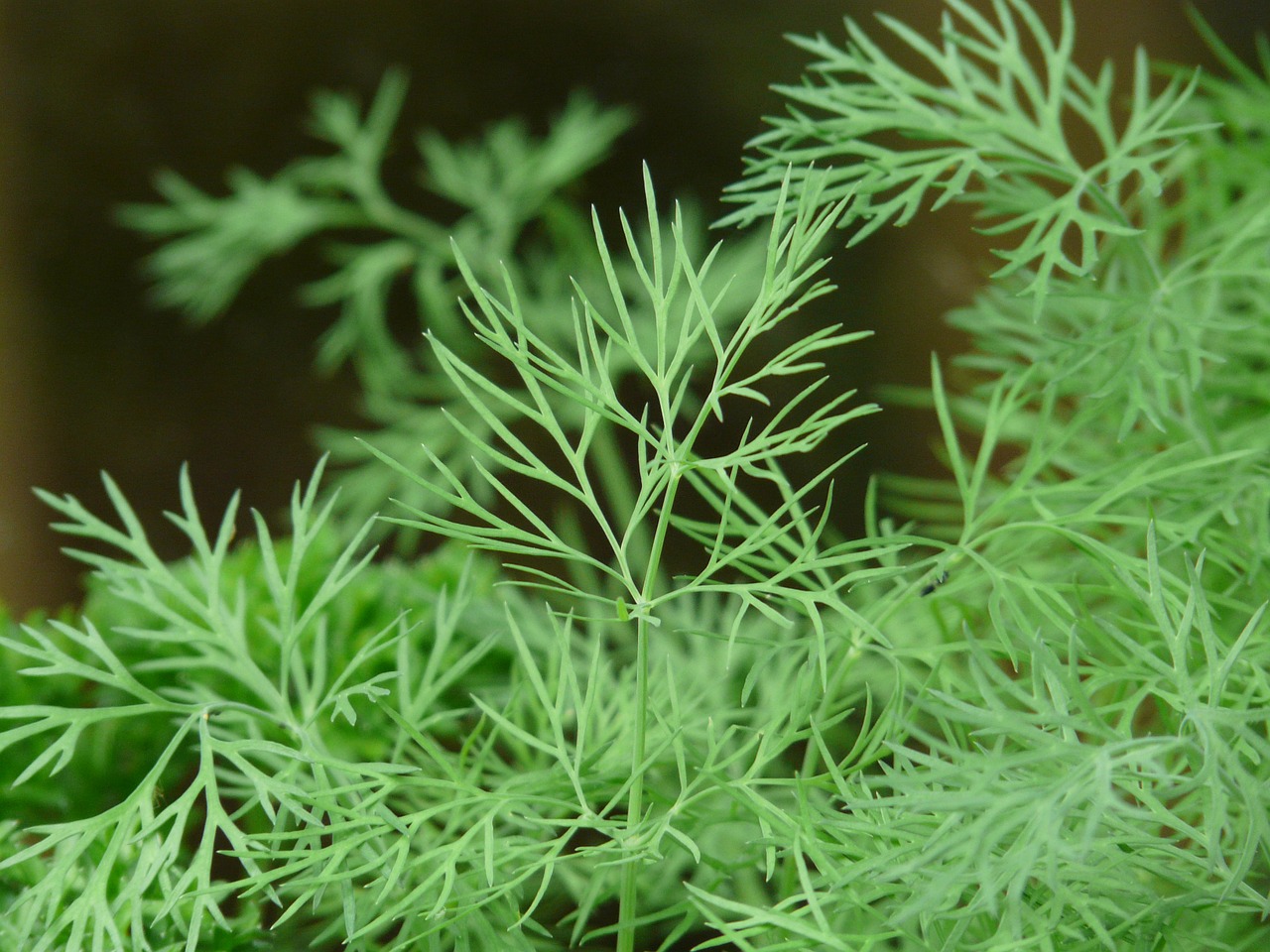
Dill is a wispy little herb traditionally used to preserve pickles (most notably for Tommy on Rugrats) and may help fight cognitive damage. Dill is also often utilized in different dishes, such as chicken noodle soup, or the dish created by artist Jasper Johns.
Oregano
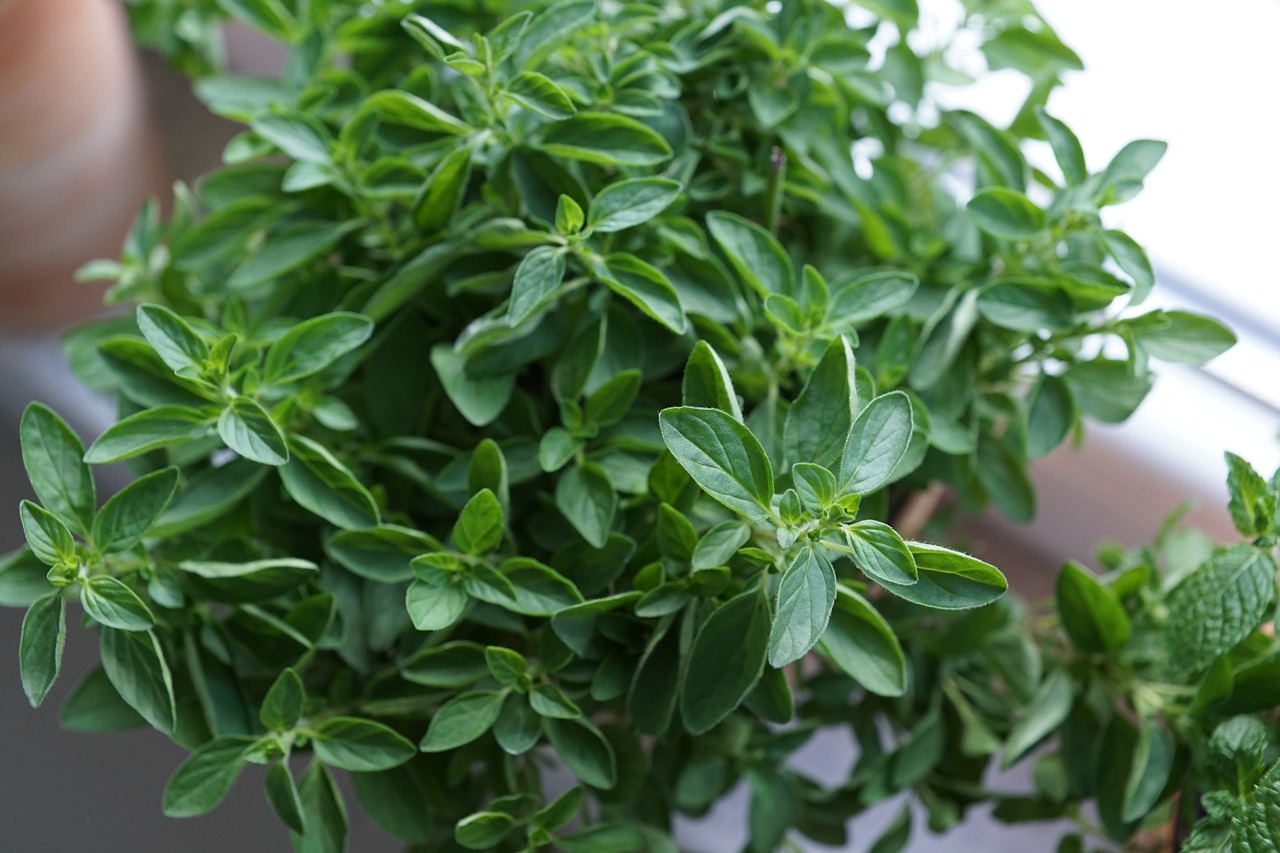
This herb (or “flower plant”) usually falls into two groups: Mexican and Mediterranean. They’re similar, but Mexican oregano may taste more citrusy than the sweet, peppery Mediterranean variety. Oregano is a source of omega-3 fatty acids which are important for heart health. Oregano may also help combat some types of cancer cells.
Sage
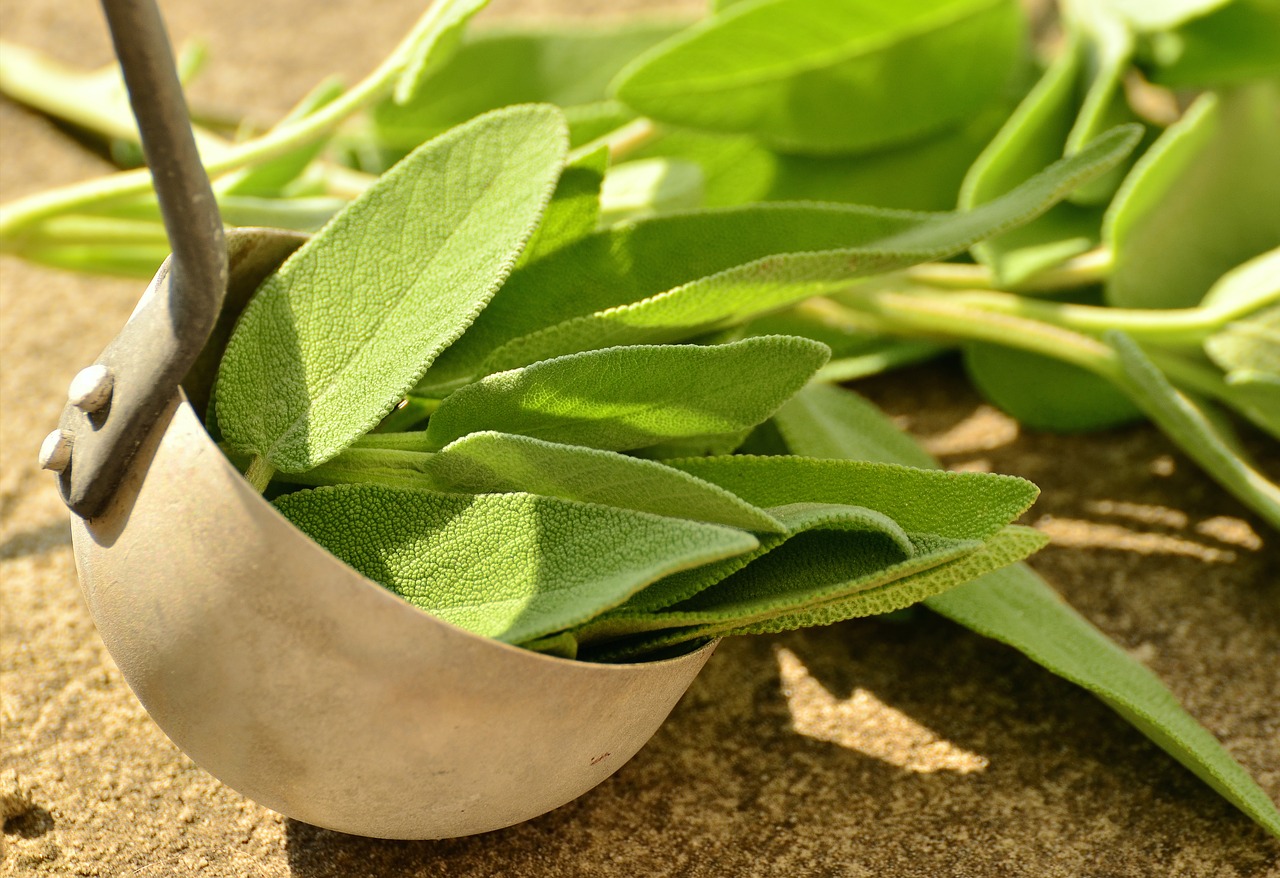
Sage, with its soft, fuzzy leaves, hides a plethora of antioxidants including flavonoids and phenolic acids. These can aid in lowering your risk for cardiovascular disease. Sage is also on our list of foods that fight pain!
Chives
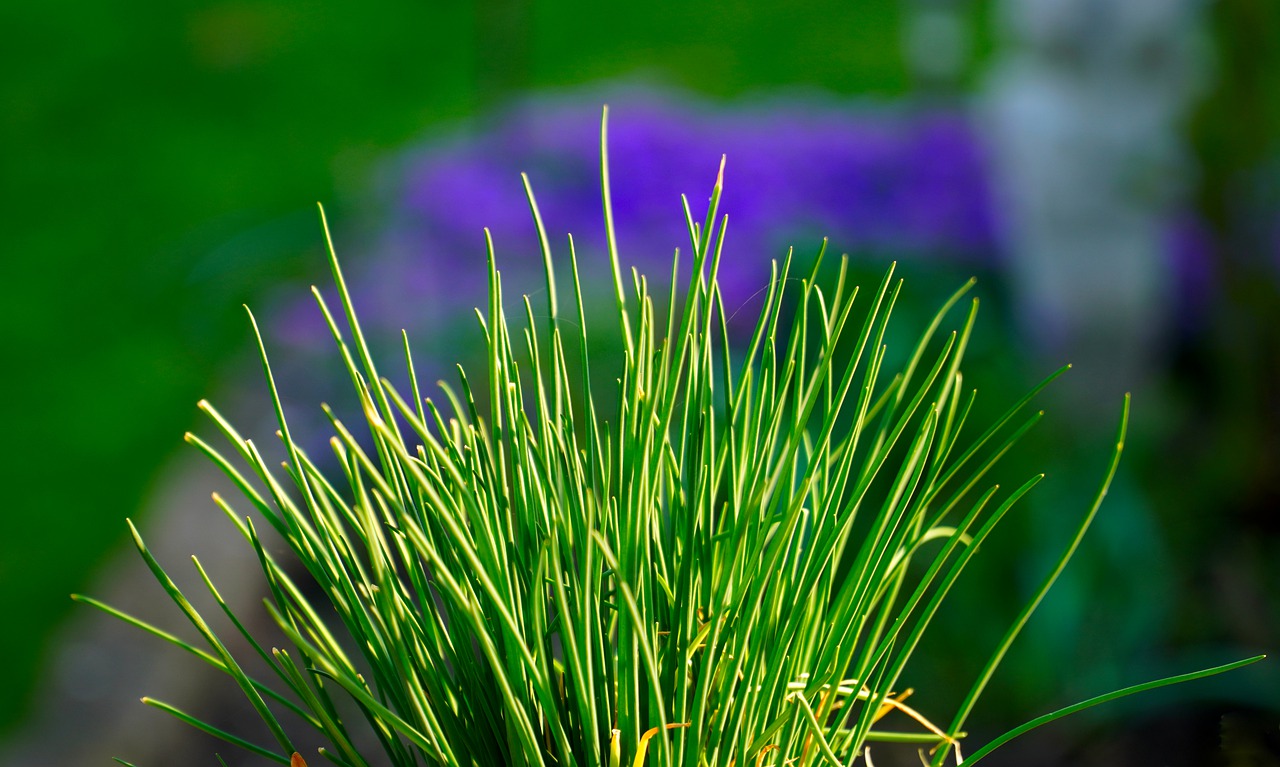
This herb, which seems very similar to the grass in your front yard, is full of antioxidants and vitamins A and C. It also has phytochemicals that have antioxidant-like qualities
How to make an herb garden?
A herb garden is easy to make. It will teach children how to grow their own food. Many herbs are easy to grow and have fragrant leaves, which will be interesting for young minds. Plant the herb seeds with your child. Put them in a pot or garden, then label them with lollipop sticks so they know.
Why use fresh herbs?
Without herbs, a pesto would be missing its basil or salsa would be without cilantro. The fresh aromas and flavors of the herb blend with other ingredients in cooking to make the dish superior in quality.
For example, basil adds a licorice-like flavor to lemon sorbet. In contrast, rosemary’s piney zing complements chicken-zucchini skewers. Sometimes you need just a hint of herbs in your recipe and other times more is best.
Summary
The herbs which can easily be grown have a wide range of utilities. It can be used as culinary ingredients and well for its medicinal properties and since it can be grown in a kitchen garden its availability is round the clock. However, it may have harmful side effects if consumed in large quantities and it may require medical interventions. “Stay Fit Stay Healthy”.

